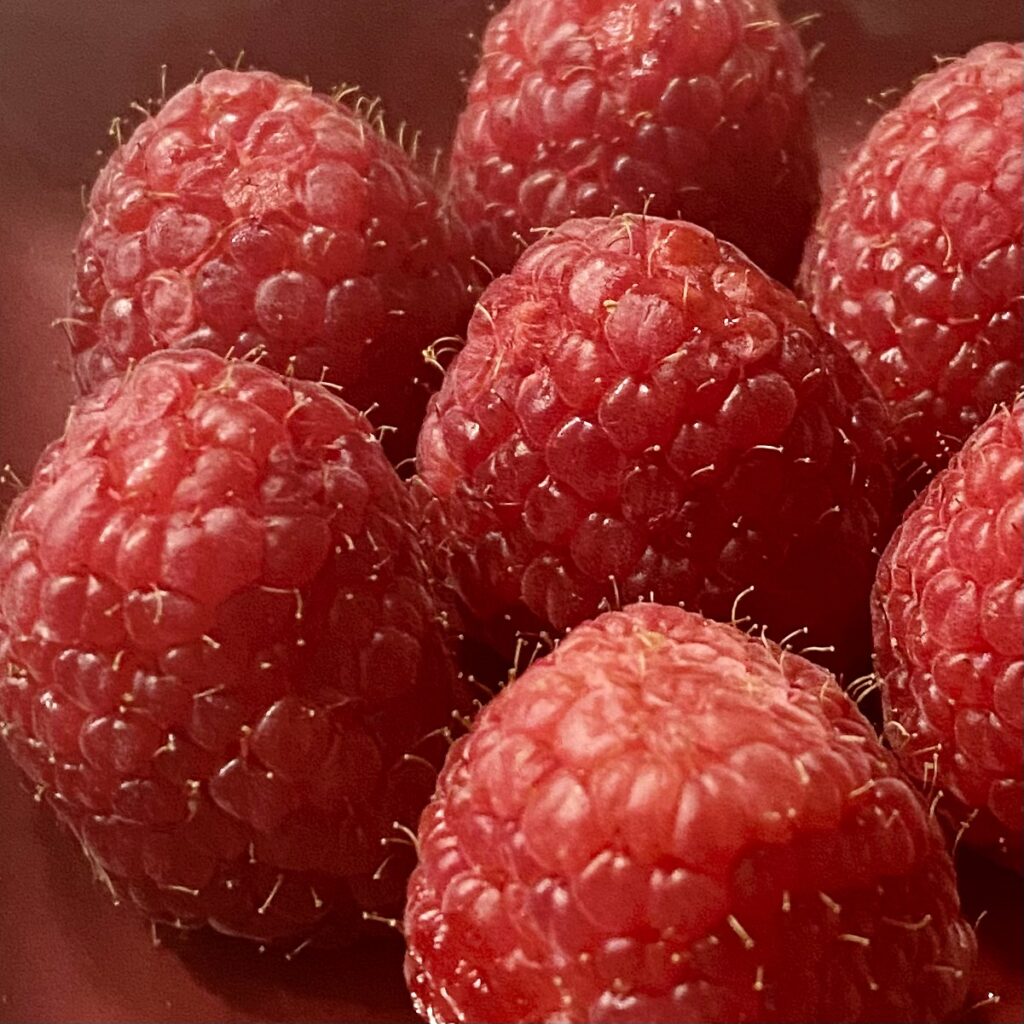
Fruits and vegetables are obviously healthy for you. So why bother with organic fruits and vegetables? The produce that is conventionally grown may look the same as the organic produce, but there is a significant difference between the two that can highly benefit you and the environment! So what is the big deal with organic? Why should it be your top priority?
Eating Organic vs. Conventional Food
The definition of organic is food grown without the use of chemical fertilizers and pesticides, hormones, and antibiotics; making the food healthier for you, the soil, groundwater, and atmosphere. Organically grown food requires 50% less greenhouse-gas-emitting energy than conventional foods.
A contributing factor of the greenhouse-gas emissions comes from the chemical-filled fertilizers used to grow conventional food. When excess nitrogen-based fertilizers evaporate, it releases nitrous oxide (a greenhouse-gas) into the atmosphere. Food that is grown conventionally uses toxic chemicals (neurotoxins, carcinogens, skin and eye irritants, and endocrine disruptors) in their pesticides and fertilizers, which will seep into the groundwater supply, contaminating it. Does that mean all of those toxins and sewage end up on your conventionally grown food? Unfortunately, yes it does.
Organic farms use natural fertilizers and pesticides. Not only is organic food chemical-free, but the food itself is higher in nutrients. That’s due to the fact that local, organic farmers grow more than one crop, resulting in nutrient-rich soil. Whereas food that is grown conventionally comes from farms that grow only one crop (monoculture), which lacks biodiversity, resulting in soil that lacks nutrients. Therefore, organic food contains more nutrients.
Conventionally Grown Food with the Most Pesticides
Here is a list of fruits and veggies (grown conventionally) that contain the most pesticides. Usually the produce that has thin skin contains more pesticides because chemicals are easily absorbed.
– Strawberries -Bell Peppers -Peaches -Celery -Apricots
-Spinach -Grapes – Nectarines -Apples -Green Beans
What’s Considered “Organic”?
For any food to be 100% Organic, the ingredients must be 100% organic.
For anything to be classified as “Organic”, the ingredients must be 95% organic.
For food that is classified as “made with organic ingredients” must be made with 70% of organic ingredients.
When shopping for organic foods, be sure to check that the food is actually certified as organic. Although, if you’re getting food from a local farm, they may not be listed as certified organic because they may not have the resources to do so, but just ask to find out what fertilizers were used.
Eating Local
Try and eat food that is local, and I’m not talking about the Kroger down the street. Look for local farms and dairies, since you know where it comes from, you know how it was grown, and local farms raise their meat humanely. The average food item in your grocery store travels about 1,500 miles before it reaches your home. Plus, local food is better for the environment because it uses 30 times less energy and CO2 emissions than elsewhere food. Just keep in mind- the farther the food travels, the less healthy it is, because it loses a lot of nutrition. Eating local also supports local economies!
*You can find local farms near you by using the website: http://www.localharvest.org
